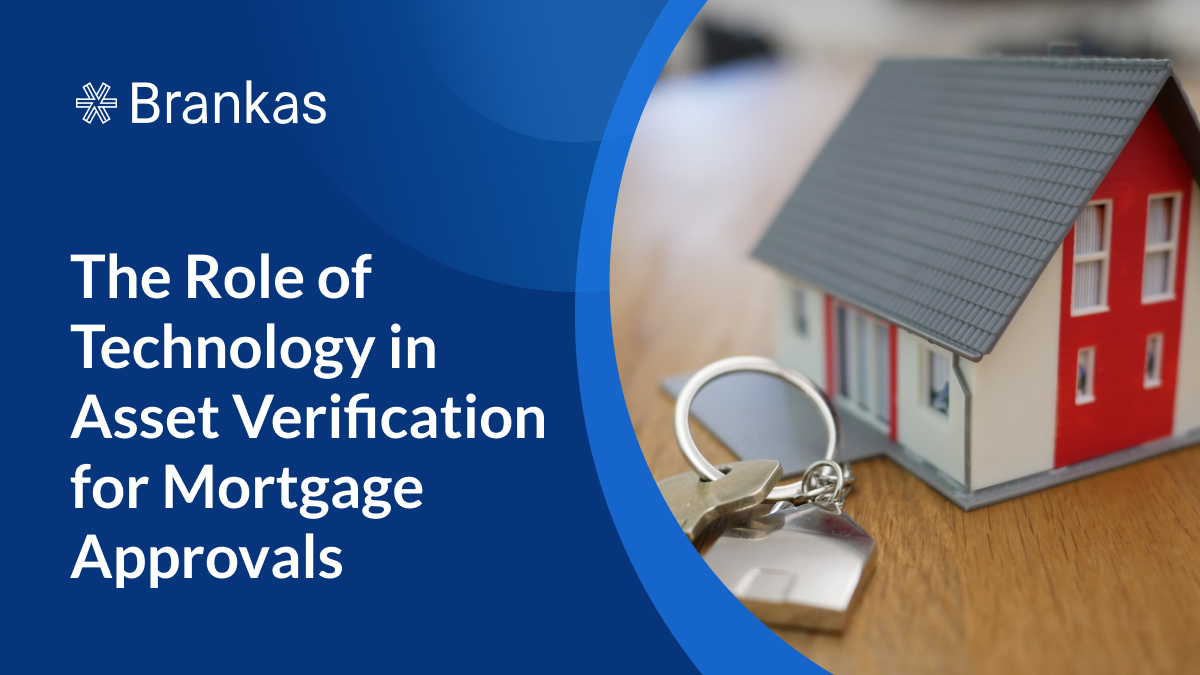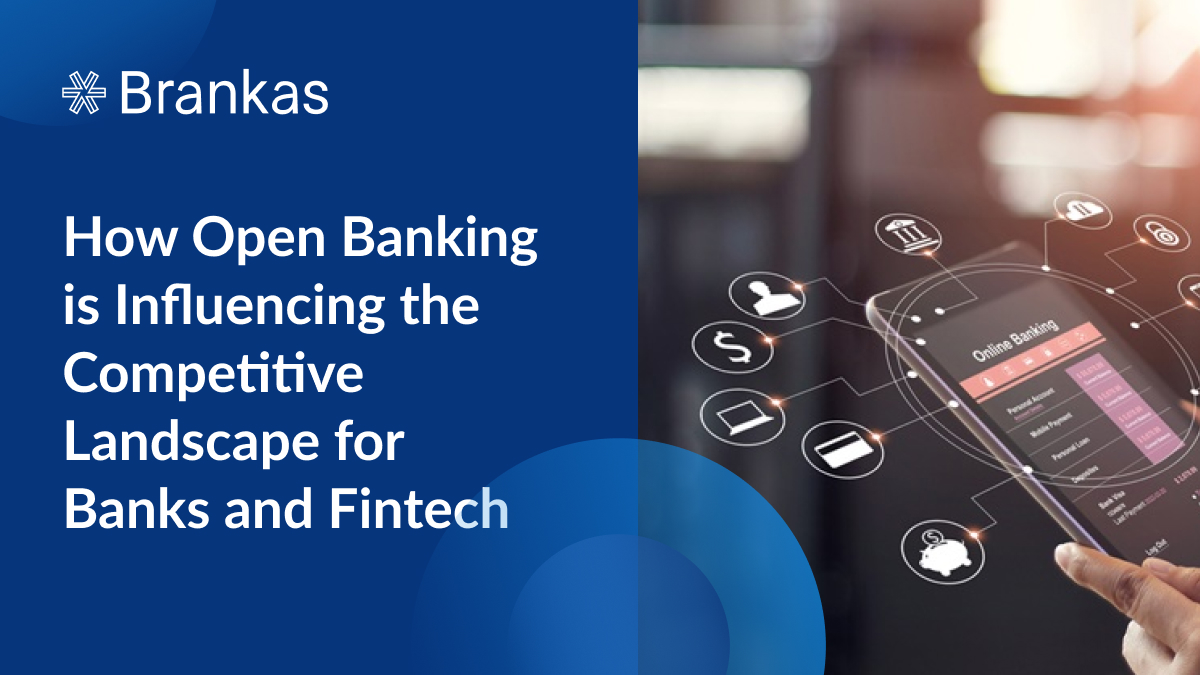The Role of Technology in Asset Verification for Mortgage Approvals
Technology’s influence on modern society is undeniable, and it is now extending its reach into the most fundamental aspects of our lives—like acquiring a home. The meticulous process of verifying assets and income statements was once cumbersome and time-consuming when it came to assessing the eligibility of a prospective homeowner. Thanks to cutting-edge technology, mortgage lenders and borrowers are entering a new era of streamlined, efficient asset verification. The latest advancements in digital or automated asset verification have a profound impact on the mortgage industry; understanding this transformation is crucial for mortgage lenders and homebuyers.
From Manual to Digital Asset Verification
The evolution of technology-enabled asset verification marks a significant departure from traditional, manual verification methods. Historically, verifying a borrower’s assets relied on the submission of bank statements, tax documents, and pay stubs, which could be time-consuming and subject to human error. The introduction of digital verification has streamlined this process by automating the collection and analysis of financial data. This transition from a paper-heavy and labor-intensive approach to a digitally empowered process has revolutionized how mortgage lenders assess borrowers' assets.
Definition and Concept of Technology-Enabled Asset Verification
Technology-enabled asset verification refers to the integration of digital tools and automated systems to assess a borrower’s financial assets, such as bank accounts, investments, or income, in the context of mortgage approvals. This process leverages cutting-edge software, data analysis, and algorithms to collect, verify, and validate the accuracy of the financial information provided by applicants. It ensures greater accuracy and transparency in the mortgage approval process.
How It Works
Digital asset verification involves several key components. These include data aggregation tools that compile financial information from various sources, application programming interfaces (APIs) that facilitate data exchange between lenders and financial institutions, and advanced algorithms for data analysis. Machine learning models are also employed to detect anomalies or inconsistencies in financial data. Moreover, secure, encrypted data transmission and storage are crucial to protect borrowers' sensitive financial information.
Impact on Mortgage Lenders
Digital asset verification revolutionizes how mortgage lenders operate to make them more competitive, efficient, and secure in an industry where speed, accuracy, and cost-effectiveness are paramount.
1. Efficiency gains: Accelerating decision-making with technology
One of the most significant impacts of technology-enabled asset verification on mortgage lenders is the remarkable boost in efficiency. Traditionally, the manual process of verifying borrowers' financial assets involved a painstaking review of documents, which often led to delays in the decision-making process. This process has been streamlined with technology. Digital tools can quickly access and assess financial data from multiple sources, such as bank accounts, investments, and payrolls.
Swifter collection and analysis of data significantly expedite the mortgage approval process. Lenders can make quicker decisions, reducing the time borrowers need to wait for their mortgage applications to be approved. This enhanced efficiency can be a significant selling point for lenders looking to attract borrowers who value a speedy and straightforward application process.
2. Risk mitigation: Enhanced fraud detection and prevention
The integration of technology in asset verification fortifies mortgage lenders' defenses against fraudulent activities. Digital tools are equipped with algorithms and machine learning models designed to detect anomalies and inconsistencies in financial data. These tools can identify discrepancies that may suggest fraudulent behavior, such as misrepresented assets or suspicious transactions. By actively identifying these red flags, technology enables lenders to mitigate risks effectively. It helps prevent fraudulent mortgage applications, which can result in substantial financial losses.
Moreover, the early detection of such discrepancies ensures the overall integrity of the lending process. This technology-driven risk mitigation provides a more secure lending environment for mortgage lenders and borrowers.
3. Cost savings: Reducing administrative work and overhead
Technology-enabled asset verification can translate into substantial cost savings for mortgage lenders. Traditional asset verification methods often require significant administrative work. Processing and reviewing numerous financial documents, following up with borrowers for additional information, and manually entering data into systems were time-consuming and resource-intensive tasks. These labor-intensive processes are automated with technology. Digital tools efficiently compile, validate, and assess financial data, significantly reducing the workload of administrative staff.
This automation translates into lower overhead costs for lenders. They can allocate resources more efficiently, reduce the need for a large administrative workforce, and redirect savings toward other essential areas of their operations.
Benefits for Homebuyers
Homebuyers experience a more efficient, user-friendly, and less stressful journey, aligning with the evolving expectations in the digital age of convenience and speed.
1. Expedited approvals: shortened mortgage application timelines
One of the most palpable benefits for homebuyers resulting from digital asset verification is the expedited mortgage approval process. The documentation process is often lengthy and cumbersome in traditional mortgage applications. Borrowers are required to gather, organize, and submit a wide array of financial documents, such as bank statements, tax returns, and pay stubs. This paperwork can lead to delays as lenders review and verify the information. However, with technology-driven asset verification, this process is dramatically accelerated.
Borrowers can now consent to the secure retrieval of their financial data directly from their banks, investment accounts, and employment records. Using algorithms and data analysis tools allows for faster data verification, reducing the time borrowers need to wait for mortgage approvals. Expedited approvals make the homebuying journey more efficient and less stressful, offering a smoother experience for prospective homeowners.
2. Enhanced user experience: Minimized documentation hassles
Another notable benefit for homebuyers lies in the significantly improved user experience. In traditional mortgage applications, the burden of document collection, submission, and verification often falls on borrowers. This process can be stressful and time-consuming, involving gathering a substantial amount of paperwork and following up on missing or incomplete information. Technology-enabled asset verification alleviates these hassles.
Borrowers can now grant secure access to their financial data sources directly to lenders, obviating the need for manual document submissions. This user-friendly approach eliminates much of the stress associated with document management. It simplifies the application process, making it more convenient for borrowers and reducing the potential for errors due to missing or incomplete documentation.
3. Transparency and convenience: Streamlined verification through technology
Digital asset verification introduces a new level of transparency and convenience to the mortgage application process. Borrowers can track the progress of their application in real-time, gaining insights into the verification and approval stages. This transparency engenders confidence in the process as borrowers are aware of where their application stands.
Furthermore, technology offers a more convenient method for verifying assets. It allows borrowers to avoid the need for physical meetings or the back-and-forth associated with traditional document submissions. The verification process is streamlined, requiring less effort and time from borrowers. The convenience extends to the ability to submit applications online, sign documents electronically, and monitor the status of their mortgage approval with ease. These conveniences make the overall homebuying experience more user-friendly, efficient, and accommodating, enhancing the appeal of homeownership for prospective buyers.
Business Partner Integrations
Mortgage lenders can harness the power of third-party services to bolster their operations. For instance, lenders can integrate payment gateways for loan disbursement and recovery. This reliance on third-party integrations expedites the development of new features and makes the entire process significantly more straightforward.
At the heart of third-party integrations lies data synchronization. Whether it involves customer information or business data, systems must guarantee that any change made in one part of the system automatically propagates throughout, ensuring consistent and up-to-date data across the platform. Moreover, the modular nature of systems achieved through third-party APIs allows for tailored adjustments to specific components. For example, a policy change application can be incorporated by modifying a single module without an entire system overhaul. This modularity ensures the core software remains efficient and bug-free while permitting convenient adaptability.
The Future of Mortgage Approvals
The future of mortgage approvals interconnects with technological advancements in asset verification. A notable trend is the burgeoning use of artificial intelligence (AI) and machine learning in this process. These technologies have significantly improved the accuracy and efficiency of verifying assets and evaluating the financial standing of mortgage applicants. Mortgage lenders are increasingly investing in AI-driven solutions to enhance their decision-making processes, automating the validation of data from various sources such as bank statements, tax returns, and pay stubs. Moreover, blockchain technology is making headway in the mortgage sector, promising enhanced security and transparency throughout the verification process. By enabling secure, immutable records of financial transactions, blockchain reduces fraud risks and ensures a more reliable source of asset information.
Insights for Mortgage Lenders
As the digital transformation of mortgage approvals continues to unfold, lenders need to remain agile and responsive to evolving consumer expectations. Today’s homebuyers are accustomed to streamlined, user-friendly digital experiences and expect the same from the mortgage application process. Lenders need to provide transparency and convenience, offering easy-to-navigate online platforms for submitting documentation and communicating with borrowers. The mobile-friendliness of these platforms is increasingly crucial as consumers rely on their smartphones to access services. This digital shift requires lenders to adapt quickly and adopt innovative technologies to meet customer demands and stay competitive in the ever-evolving landscape of mortgage approvals.
The role of technology in asset verification is nothing short of transformative in the mortgage industry. The adoption of digital verification processes has redefined the efficiency, accuracy, and security of mortgage approvals. With streamlined processes, lenders can make faster, well-informed decisions while mitigating fraud risks and reducing operational costs. Homebuyers are also benefiting from expedited approvals, simplified documentation, and enhanced transparency, which align with their modern, digital-centric expectations.
Mortgage lenders must wholeheartedly embrace the power of technology-enabled verification to thrive in this digital age. They need to invest in cutting-edge solutions, adapt to changing consumer expectations, and remain agile in the face of evolving trends. By doing so, lenders streamline their operations and position themselves as industry leaders, offering homebuyers a faster, more user-friendly, and more secure mortgage application process.
Revolutionize your asset verification process for mortgage approvals, and connect with Brankas today. Brankas is a pioneering global open finance technology provider, offering API-based solutions, data services, and payment solutions for a wide spectrum of financial service providers, including banks, lenders, e-wallets, and online businesses. We will empower your journey into the future of technology-enabled verification and help you lead the way in transforming the mortgage approval landscape.


